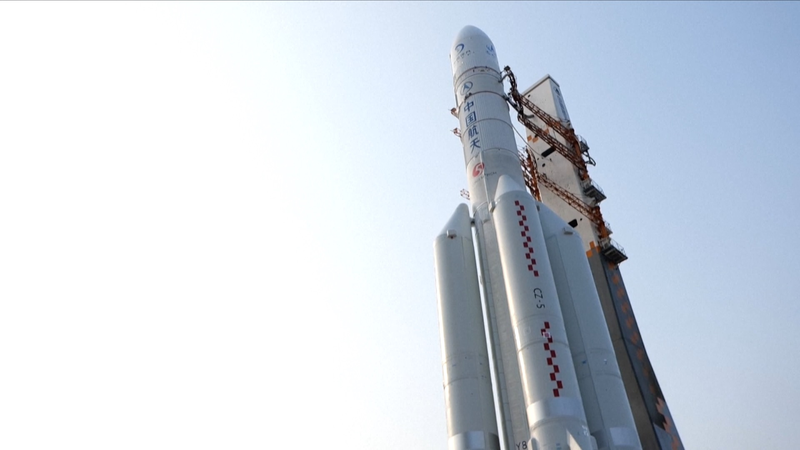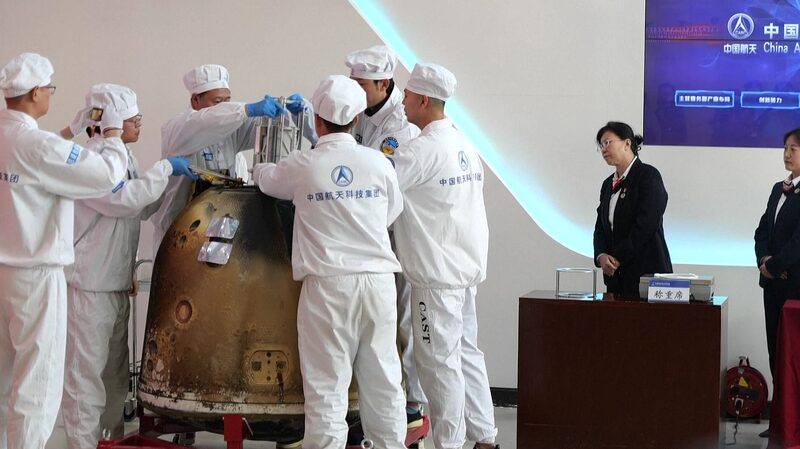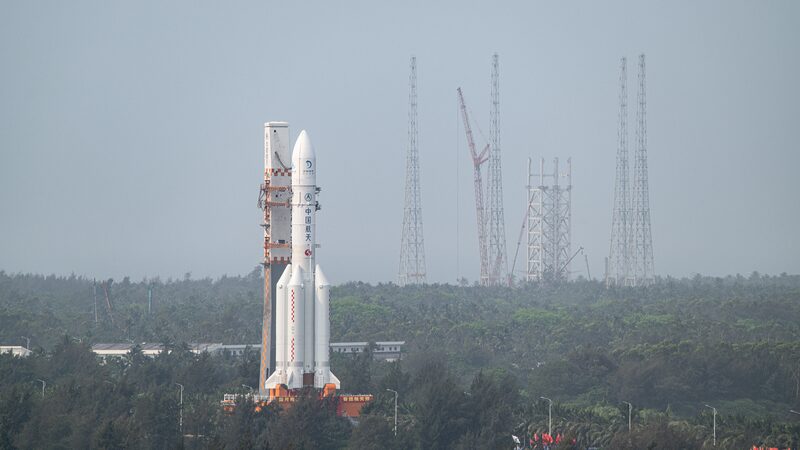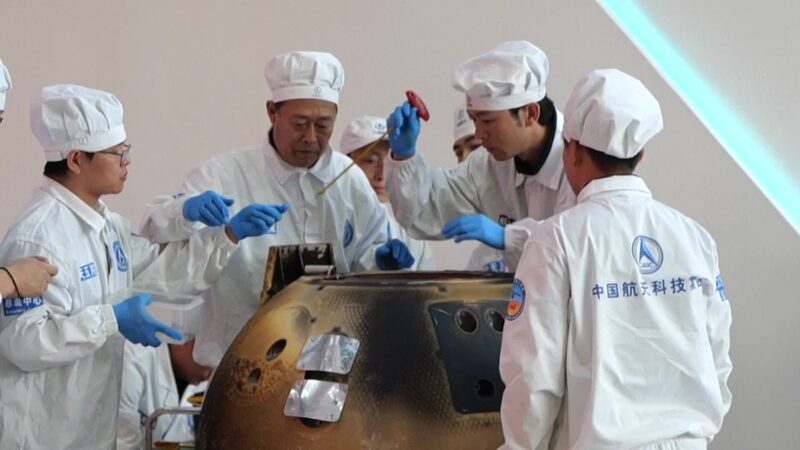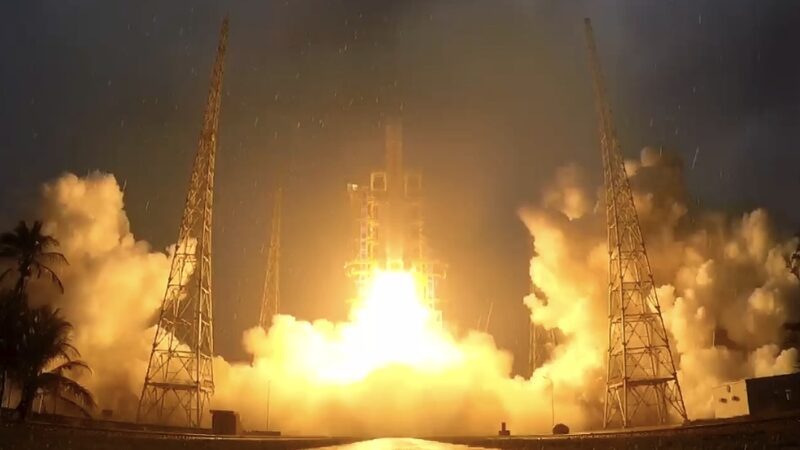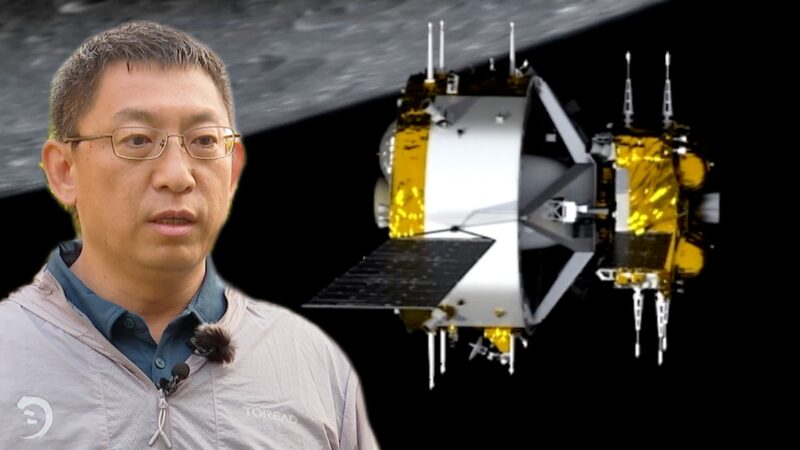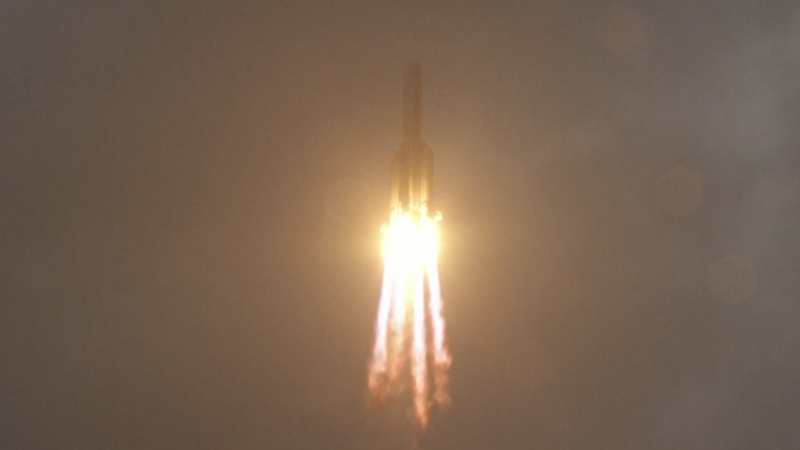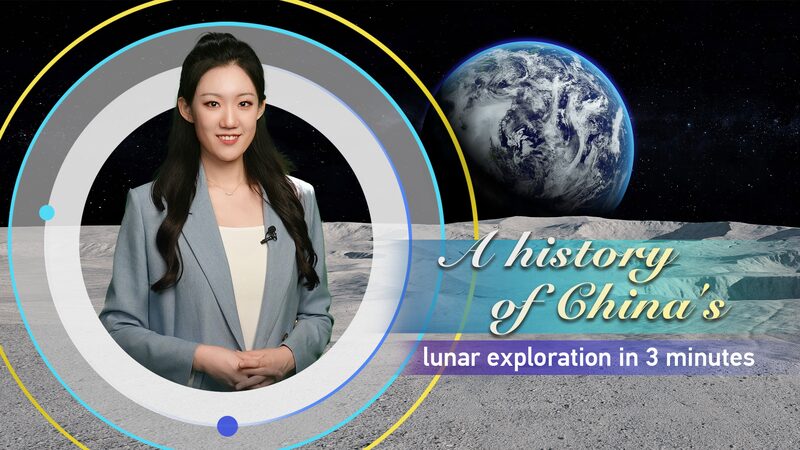In a significant stride for lunar exploration, the China National Space Administration (CNSA) announced that the Chang’e-6 lunar probe is scheduled for launch between 5 p.m. and 6 p.m. this Friday, aiming for a preferred launch time of 5:27 p.m.
This ambitious mission marks humanity’s first endeavor to collect and return samples from the far side of the moon, a region that has remained largely unexplored due to its position facing away from Earth. The Chang’e-6 mission is poised to deepen our understanding of the moon’s composition and the early history of the Solar System.
The Long March-5 Y8 carrier rocket, fueled with liquid hydrogen and liquid oxygen cryogenic propellant, will propel the lunar probe into space. According to Lu Yuntong of the China Aerospace Science and Industry Corporation, the mission encompasses 11 critical phases.
“The probe will initially enter orbit aboard the Long March-5 Y8 rocket and commence its journey towards the moon,” Lu explained. “Upon approaching the lunar vicinity, we will execute braking maneuvers to place the probe into lunar orbit. The lander and ascender modules will then descend to the far side of the moon.”
Once on the lunar surface, the mission will employ techniques similar to the Chang’e-5 mission, drilling for subsurface samples and scooping surface material. This approach aims to collect specimens from varying depths, providing a comprehensive analysis of the moon’s geological history.
“After sample collection, the ascender will launch from the lunar surface to rendezvous and dock with the orbiter-returner combination,” Lu continued. “The samples will be transferred to the returner, which will then embark on the journey back to Earth, re-entering the atmosphere in a semi-ballistic skip trajectory and landing at the designated site in Siziwang Banner.”
The Chang’e-6 mission targets the South Pole-Aitken basin, the oldest and largest crater on the moon. Hu Zhenyu, head of the engineering and technical team at the mission’s launch site, highlighted the significance of this location. “The basin holds immense scientific research value,” Hu stated. “On-site investigation and sample analysis from the far side will enable researchers to study the structure, physical characteristics, and material composition of lunar soil across different regions and ages.”
The mission is expected to make substantial contributions to our comprehensive understanding of the moon, shedding light on its origin and evolution, planetary formation processes, and the broader history of the Solar System. “The Chang’e-6 mission is of great significance,” Hu emphasized. “It will deepen research on lunar science and potentially unlock answers to fundamental questions about planetary science.”
As the world watches, China’s upcoming lunar mission represents a significant milestone in space exploration, promising valuable insights and advancements in our quest to understand the cosmos.
Reference(s):
cgtn.com
